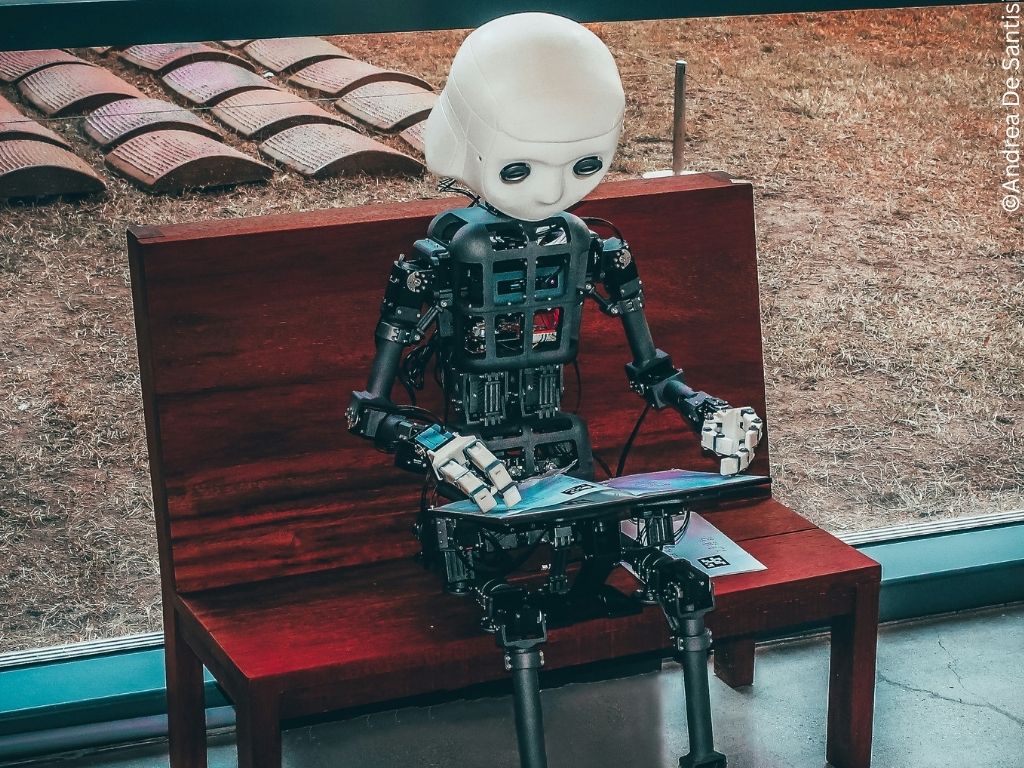The Evolution of AI Characters in Children’s Literature
AI characters are evolving from the traditional ‘Pinocchio paradigm’ toward more autonomous identities; Rachel Hamilton and Christopher Piper explore this journey.
DOI:
https://doi.org/10.58091/229g-f020Keywords:
creative writing for young people, AI, characterisation, AI ethics, posthumanismAbstract
This article explores how AI characters in children's literature are evolving from the traditional ‘Pinocchio paradigm’, where artificial beings strive to become human or gain human approval, toward more autonomous identities. With a focus on Mary Pearson’s The Adoration of Jenna Fox, Peter Brown’s The Wild Robot, and Kirsty Applebaum’s TrooFriend, it analyses narrative techniques used to help AI characters assert these distinct identities. Drawing on Hayles' (1999) posthumanist theory, which challenges the assumption that consciousness and identity must be rooted in biological humanity, this article argues that, while progress has begun, AI characters in these texts remain constrained by the anthropocentric framing that has been challenged more successfully in other media. It proposes an evaluative framework for AI representation, inspired by the Bechdel test, to encourage authors to depict AI characters on their own terms.

Downloads
Published
Issue
Section
License
Copyright (c) 2025 Rachel Hamilton, Christopher Piper (Author)

This work is licensed under a Creative Commons Attribution-NonCommercial 4.0 International License.
CCBY-NC-4.0

